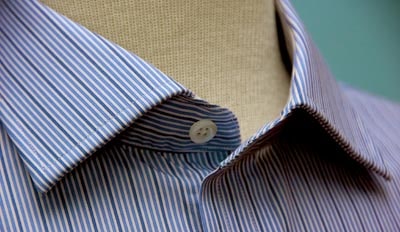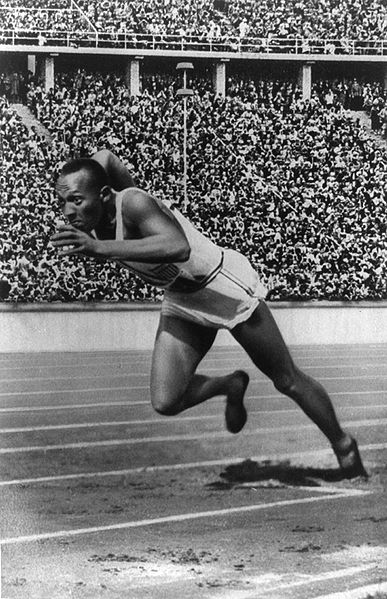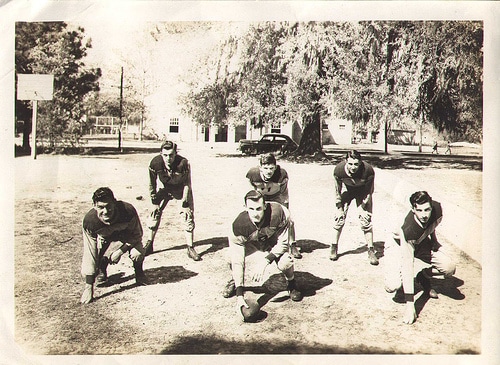
Yeah. Yeah. That sounds like a clickbait-y title.
But, it actually seemed like just the right one to use in this case, because we are indeed going to share one weird trick that can help you bust through a weight-loss plateau.
And, in a departure from those spammy ads/articles that appear alongside headlines screaming “You Won’t Believe What This Celebrity Looks Like Now!” this is actually sound advice that can really work.
Add Back the Pounds You’ve Lost to Keep Losing More Pounds
Weight loss can be a tough journey. Typically, when you start a diet that produces a caloric deficit, shedding the pounds comes fairly easily. At first. But then your weight loss can begin to slow.
The stalling of your progress can be due to several factors. For one thing, the body fights to hold onto its weight, triggering physiological responses that increase your hunger and make it harder to stay in the caloric deficit that’s needed to keep your weight loss rolling.
But, even when you continue to eat the same amount of calories that initially resulted in weight loss, that weight loss can still slow or stall.
That’s because as you shed pounds, your metabolic rate went down. Part of the reason for that is simply that you now have less body weight to carry around. When you were heavier, pre-initial-weight-loss, your body moved less efficiently — all of your movements required more effort, and that greater effort burned more calories. Now that you’re a little lighter, your body is carrying less weight, it takes less effort to move, and you thus burn fewer calories from day to day.
Because your metabolism has gone down, you can keep eating the same amount of calories, but stop losing weight.
For example, let’s say your body burns 2,000 calories a day. You go on a diet where you start eating 1,800 calories a day. For several weeks, you consistently lose weight, because you’re in a caloric deficit. But then the weight loss stops. That’s because you’re still eating 1,800 calories a day, but your metabolism has decreased, and your body has started only burning 1,800 calories a day. Though 1,800 calories formerly resulted in a caloric deficit, it no longer does. The result is a weight-loss plateau.
To get back into a caloric deficit, you can either start eating fewer calories (e.g., dropping down to eating 1,700 calories a day) or you can start exercising more than you were. Or, you could do neither of those things, and try this “one weird trick” instead: put the weight you’ve lost back on. No, you’re not going to gain back the weight you’ve worked so hard to lose by getting fat again; rather, you’re going to employ a method Dr. John Berardi shared with us on the podcast:
I actually have a friend . . . and a strategy he’s been playing around with is putting a weight vest on people. They live most of their waking hours with a lightweight vest on that accounts for the weight that they’ve lost. Let’s say they start at 200 pounds, and they start exercising a bit more, and eating a bit less and they drop down to 190 pounds. Well then he would put a 10 pound weight vest on them, so they’re still carrying around 200 pounds.
So, as you lose weight from the inside of your body, you add it on the outside of your body in the form of a weighted vest that represents the amount of weight you’ve lost. You’re tricking your body that it still weighs 200 pounds, so that it burns the calories needed to move 200 pounds, even though you really weigh 190 pounds. Clever, right?
The benefit for people who try this, Berardi notes, is “that they don’t have to keep lowering their calorie intake, or increasing their exercise. They can continue to lose at a similar rate, without pushing the exercise harder, or eating less, by accounting for that body weight, which seems like such a simple thing, but it makes such a huge difference, and it frustrates a lot of weight-loss efforts.”
This method isn’t for everyone because, well, it requires you to wear a weighted vest all day. That may be okay if you work from home. Less so if you don’t, as weighted vests aren’t very inconspicuous. You have to be okay with walking into QuikTrip or your office looking like you’re kitted out for battle.
There are some weighted vests that you can wear underneath your clothes, but you still look like you’re wearing a weighted vest.
If wearing a weighted vest around for much of the day isn’t a practical option for you, you can at least try reverting back to your former, heavier weight during your dedicated workouts. That can mean wearing a weighted vest just while you exercise. Or, if you normally take a walk every day, start taking that walk while carrying a pack that holds the amount of weight you’ve lost. Coach Dan John calls this “reverse rucking,” as you’re reverting back to walking while carrying the amount of weight you used to carry through your body weight alone. John says reverse rucking can also be accomplished by using ankle weights, and/or by holding small dumbbells in your hands — i.e., the Heavyhands method.
However you go about it, the goal is to return to your formerly heavier body weight, in order to make physical movement more calorically “expensive,” get back into a caloric deficit, and start shedding pounds again.
That’s it. The one weird trick for busting through a weight-loss plateau. No sipping on cayenne-pepper-laced lemon juice required.







